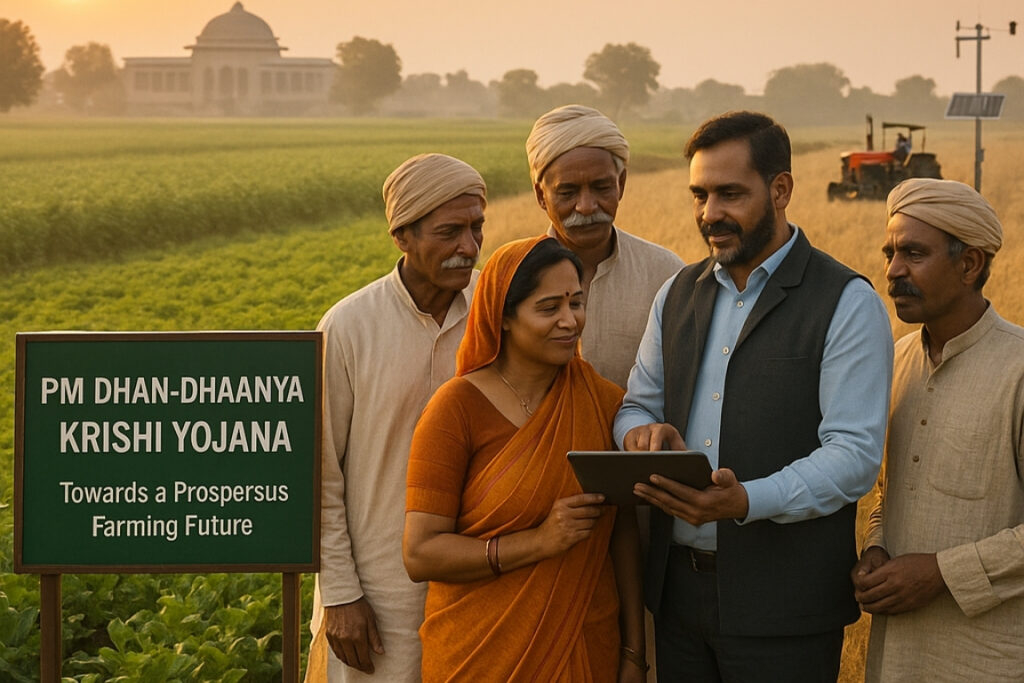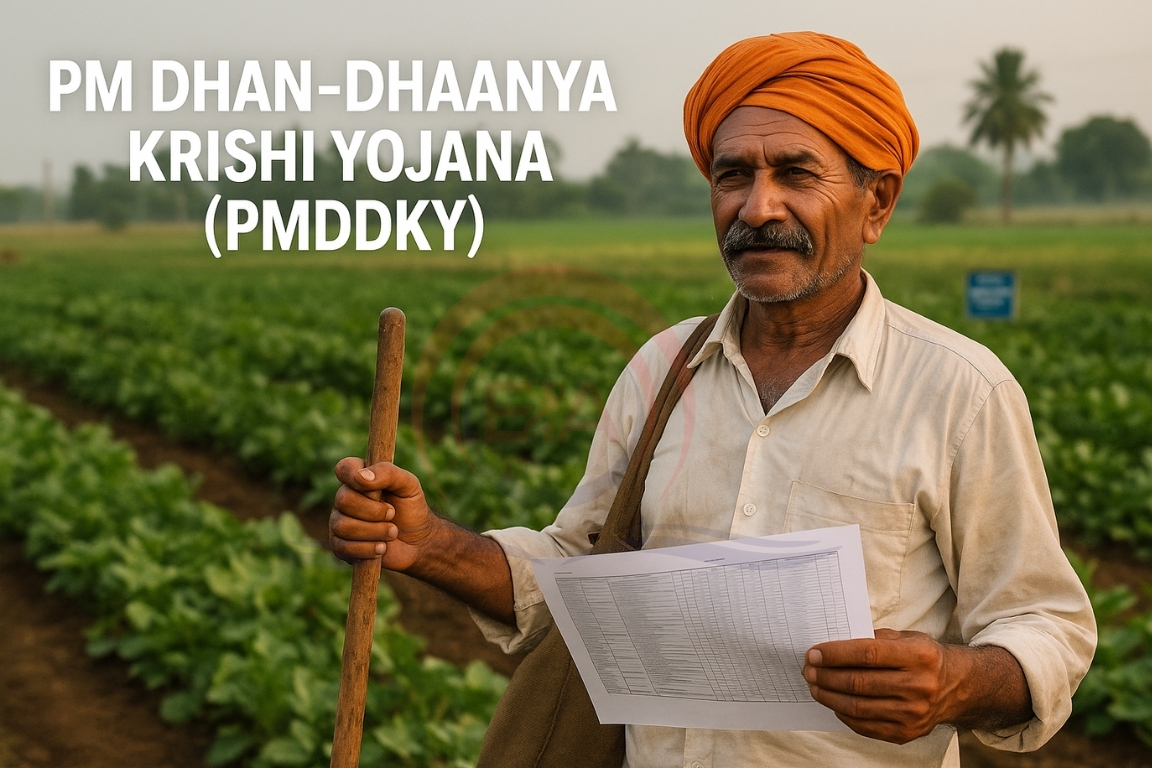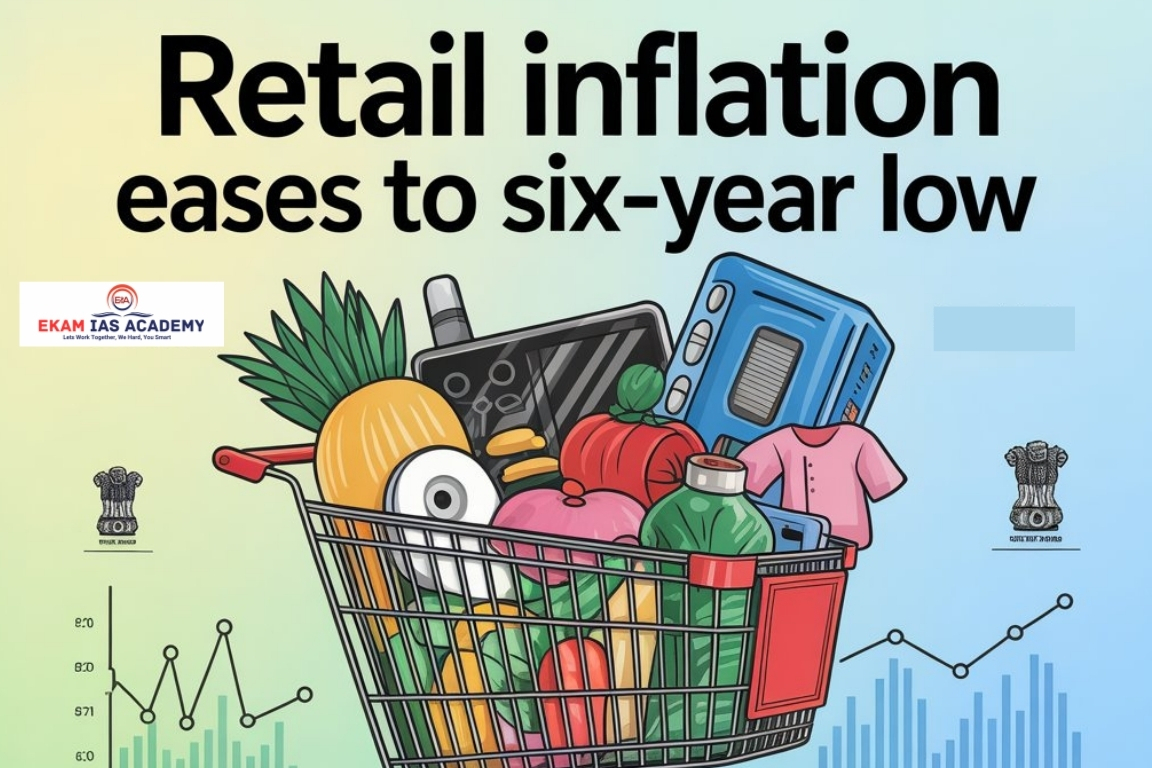The Union Cabinet recently approved the PM Dhan-Dhaanya Krishi Yojana, aimed at improving agricultural productivity by merging multiple existing schemes. This initiative comes amidst concerns over declining public spending on agriculture and falling sowing in oilseeds and pulses.
About the Scheme
- PMDDKY aims to unify 36 existing agricultural schemes from 11 Central Departments under one platform.
- It focuses on addressing regional differences in agricultural productivity, credit availability, and cropping intensity.
Key Features
- Annual Outlay: ₹24,000 crore for six years, starting October 2025 with the rabi season.
- Target Areas: 100 districts identified based on low yields and less agricultural credit flow.
- Model: Inspired by NITI Aayog’s Aspirational Districts Programme.
- Convergence: Integrates Central schemes like PM-KISAN, PMFBY, and relevant State schemes.
- District Plans: Localised planning aligned with national priorities like crop diversification, soil and water conservation, and self-sufficiency.
- Monitoring: Monthly tracking of 117 key indicators.

Concerns Highlighted
- Public investment in agriculture as a percentage of Central Plan outlay has declined steadily from 3.53% (2021-22) to 2.51% (2025-26).
- A single umbrella scheme may centralise decision-making, risking regional inefficiencies.
- Falling sowing in oilseeds and pulses signals deeper concerns in food security.
Way Forward
- Public spending must be increased to support small and marginal farmers.
- PPP models must focus on long-term food security and not just profits.
- Active participation of States, local bodies, farmers’ organisations, and agri-universities is essential to make it inclusive and effective.
Conclusion:
While PMDDKY promotes scheme integration and localised planning, it must be backed by strong public investment and inclusive participation to achieve meaningful agricultural transformation.





